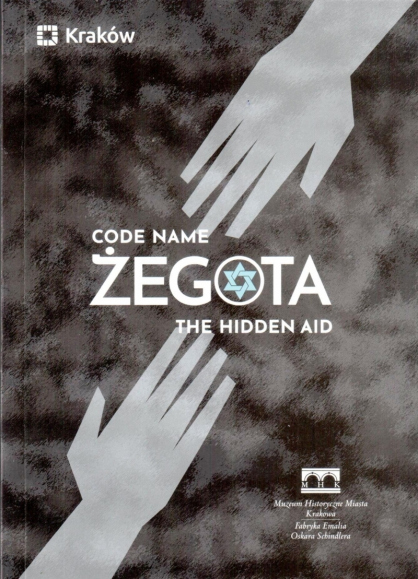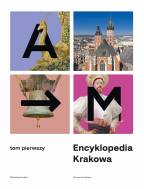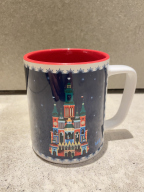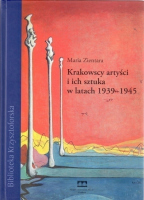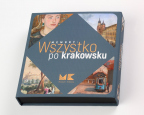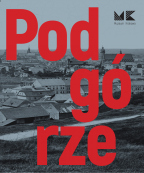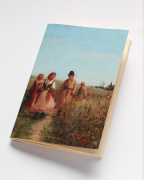Encyklopedia Krakowa – książką miesiąca Muzeum Krakowa, z tej okazji przez cały czerwiec Encyklopedia Krakowa 30% taniej.
Promocja trwa od 2.06 do 30.06
Opis
"Żegota", which was made up of people from different backgrounds, representing different views and political groups, who had a common goal - to help Jews persecuted and murdered by the occupier.
The Council to Aid Jews (RPŻ), codenamed "Żegota" was the only underground organization created jointly by Poles and Jews, who not only sat on the presidium of the Council, but took an active part in all aspects of its activity.
Financing was made from funds from both the Polish Government in London and Jewish organizations.
Several thousand people could benefit from various forms of assistance from the Council.
They were people in hiding and benefiting from permanent financial support, as well as people who received other, ad hoc forms of assistance, including camp prisoners.
The history of the Council was used as a counterargument to attempts to look at the fate of the Jewish population in Poland through the prism of negative occupation experiences: indifference, lack of help, and sometimes even complicity in persecution.
Contents:
• Foreword | Michał Niezabitowski
• About the Exhibition | Grzegorz Jeżowski
• The Liberation of Kraków as a Military Manoeuvre | Henryk Stańczyk
• Kraków in 1945–1948 | Grzegorz Jeżowski
• The Cinema of New Memory: "To Save the City" by Jan Łomnicki (1976) | Monika Maszewska-Łupiniak
• Bibliography
• Catalogue Entries on Selected Exhibits
• List of Exhibits
The Council to Aid Jews (RPŻ), codenamed "Żegota" was the only underground organization created jointly by Poles and Jews, who not only sat on the presidium of the Council, but took an active part in all aspects of its activity.
Financing was made from funds from both the Polish Government in London and Jewish organizations.
Several thousand people could benefit from various forms of assistance from the Council.
They were people in hiding and benefiting from permanent financial support, as well as people who received other, ad hoc forms of assistance, including camp prisoners.
The history of the Council was used as a counterargument to attempts to look at the fate of the Jewish population in Poland through the prism of negative occupation experiences: indifference, lack of help, and sometimes even complicity in persecution.
Contents:
• Foreword | Michał Niezabitowski
• About the Exhibition | Grzegorz Jeżowski
• The Liberation of Kraków as a Military Manoeuvre | Henryk Stańczyk
• Kraków in 1945–1948 | Grzegorz Jeżowski
• The Cinema of New Memory: "To Save the City" by Jan Łomnicki (1976) | Monika Maszewska-Łupiniak
• Bibliography
• Catalogue Entries on Selected Exhibits
• List of Exhibits
Informacje
rok wydania:
2017
liczba stron:
350
format:
17cm x 24cm
ilustracje:
black and white
